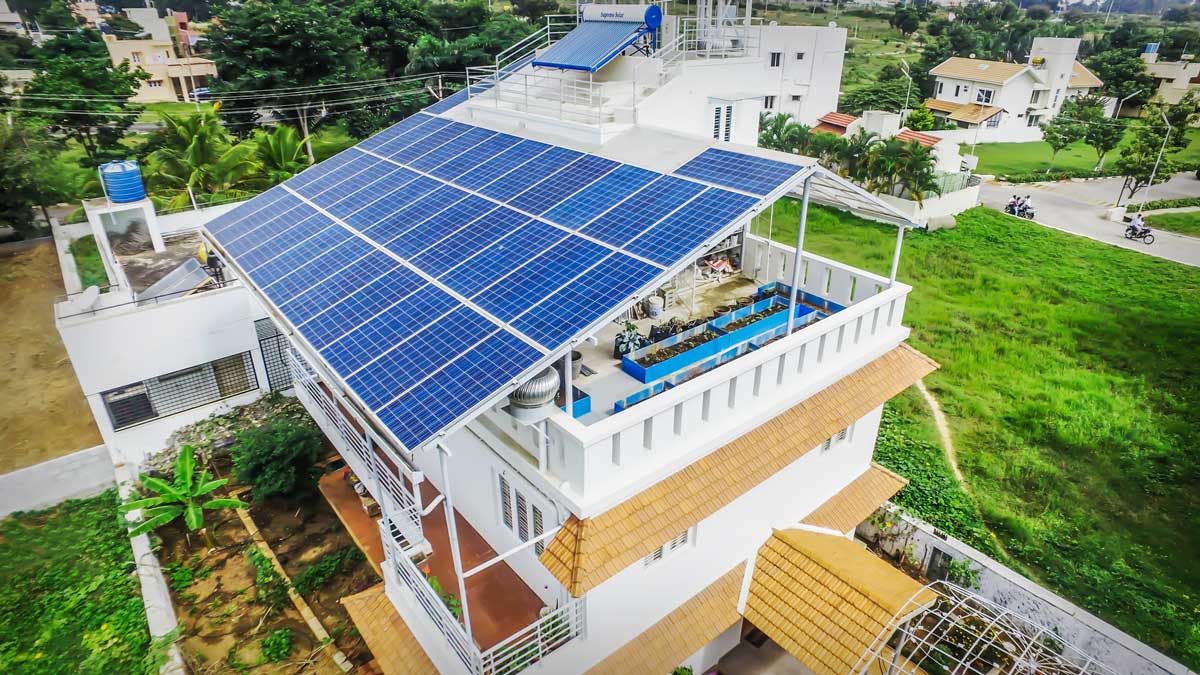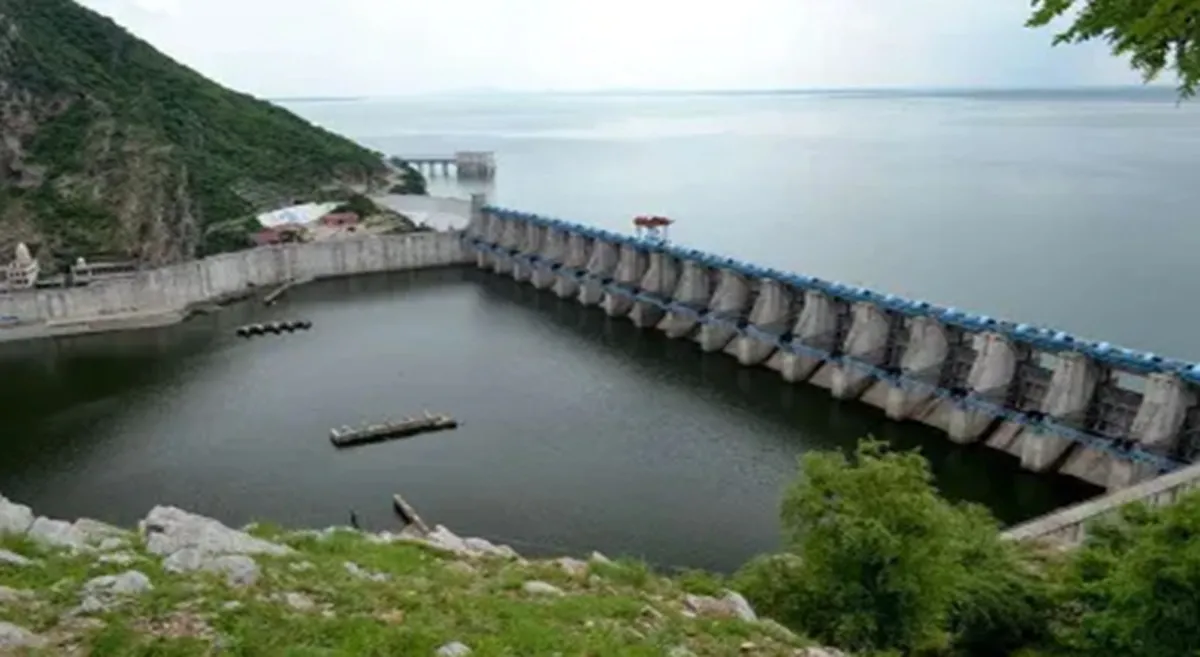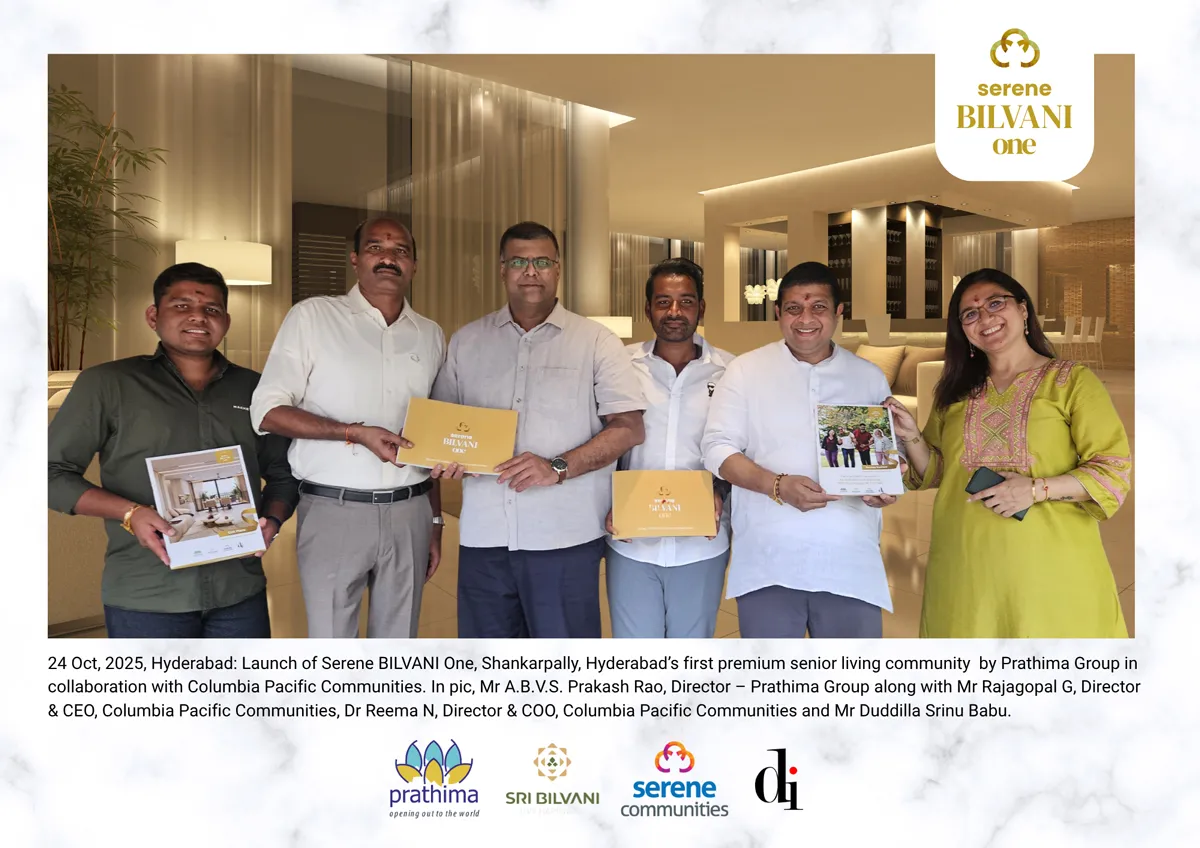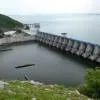The government is rightly betting on the power sector to helm the comprehensive infrastructure development that can help achieve its goal of making India a US$ 5 trillion economy by 2025.Fuelling the infrastructure push are the twin engines: National Infrastructure Pipeline (NIP), with a projected investment of Rs.100 trillion over fiscals 2019-25, and the PM Gati Shakti National Master Plan, for multimodal connectivity, launched in October last year — which are working in tandem to build world-class infrastructure, create jobs, and improve productivity by allowing seamless movement of goods and services. The power sector gets its due recognition in this push. Given the importance of electrification and sustainability to empower the economy `24.9 trillion has been earmarked for the power sector (conventional and renewable) under NIP (24 per cent of total investment). The aim is to provide 24x7 clean and affordable power to all households and commercial businesses (including agriculture) across the country, as well as to increase per-capita electricity consumption to 1616 kWh by 2025. To achieve this, renewable energy capacity is being expanded and the required infrastructure for power evacuation being built, including the Green Energy Corridor, which will stretch over 9,700 circuit kilometre (ckm) with 22,600 MVA capacity substations in Phase I. Innovative technologies such as Grid Energy Storage and offshore wind energy have also been promoted. The pipeline envisages cumulative generation capacity of 583 GW by 2025, of which 39 per cent, or 225 GW, would be from renewables. The share of renewable energy in generation is anticipated to be 20 per cent. In the transmission sector, 4.52 lakh km of transmission line and associated substations are expected to be built. The Policy Push Is Full Of EnergyThe NIP has proposed a slew of measures to increase revenue and reduce the losses of distribution companies (discoms). These measures include smart metering for all categories of customers, including prepaid meters, cost reflective tariff, direct benefit transfer for subsidy, and incentivising roof-top solar energy production. The pipeline also aims to improve consumer services by offering facilities such as new connections, security deposits, bill payments, lodging of complaints, and reconnections through 100 per cent digital platforms. The Green Open Access Rules, 2022 have been notified for promoting generation, purchase and consumption of green energy including energy from waste-to-energy plants, thereby making renewable power attractive for industries. For promoting solar energy in the residential sector, the Ministry of New and Renewable Energy is implementing Phase II of the Rooftop Solar Programme, under which 4,000 MW rooftop solar capacity addition is targeted in the residential sector through Central Financial Assistance by the year 2022. The government has also taken several other steps to promote solar energy, such as permitting 100 per cent foreign direct investment (FDI), waiver of interstate transmission system charges, and setting up of ultra-mega renewable energy parks.The financing plan under NIP focuses on the public-private partnership model, where the centre, state and private entities contribute funds for the project. For power sector (conventional) projects, the funding contribution from the centre, state and private entities is in the ratio of 37 per cent, 57 per cent and 6 per cent, respectively. For nuclear power, the entire investment is undertaken by the central government, while renewable energy is completely run by the private players.Synergy between NIP and Gati Shakti Is For All to SeeInfrastructure projects under NIP form the base for Gati Shakti, a digital platform in which the existing and proposed projects are mapped using geographical information systems (GIS).The primary goal of Gati Shakti is to reduce wasteful expenditure by eliminating incoordination among various ministries that leads to frequent re-work exercises. It aims to integrate infrastructure schemes of various ministries and state governments to create an optimum synergy for economic growth. The Gati Shakti portal gives a bird’s-eye view of the country’s infrastructure and logistics facilities/assets on a GIS map. At the click of a mouse, ministries can visualise the proposed projects vis-à-vis other assets passing through the same route and identify obstacles at the planning stage itself. GIS mapping is expected to reduce the planning and preparation time. For instance, for a transmission line to be constructed between two substations, the GIS map shows the potential hurdles and related ministries can be approached for pre-approval before commencing the execution. The increased synergy among ministries, and reduced project planning and preparation time have catalysed the implementation of NIP targets comprising 1,664 power projects.Synchronising these two programmes has also led to time and cost saving. After the implementation of Gati Shakti, India added 8.2 GW of renewable capacity in the first eight months of fiscal 2022, as against 3.4 GW in the first eight months of fiscal 2021. Also, FDI in the renewable sector is up 100 per cent to US$ 1.6 Billion in FY 2021-22. More Policy and Other Support NeededPolicy support is a prerequisite for attracting sufficient investment in infrastructure and encouraging timely completion of projects. A transparent and robust policy and legislative framework provides investors immense confidence and comfort. Added to this, improvement in project preparation processes - including a capable public institution for infrastructure planning, standard guidelines and documents, and single-window clearance – will hasten project execution. The role of human resources needs attention, too. We need a pool of experienced developers with required competence and execution capacity to hand-hold other developers. Collaborations and joint ventures with strong global infrastructure developers must be facilitated to build domestic capacity.Ensuring liquidity for the projects is equally important, and will need long-term resources from the pension and insurance sector to be channelled into the infrastructure bond market. Further, initiatives are needed to solve the challenge of stressed assets faced by banks and infra non-banks besides the liquidity crunch faced by the latter, by encouraging usage of innovative mechanisms such as loan securitisation. Additionally, steps should be taken to increase the participation of infrastructure development funds and development finance institutions in power sector financing.Source:1. https://dea.gov.in/recentupdate/report-task-force-national-infrastructure-pipeline-nip-volume-ii2. https://www.india.gov.in/spotlight/pm-gati-shakti-national-master-plan-multi-modal-connectivity3. https://www.pppinindia.gov.in/infrastructureindia/projects-list-by-statusBy: Suman Ghorai, Director, Energy & Natural Resources, CRISIL Infrastructure Advisory




















